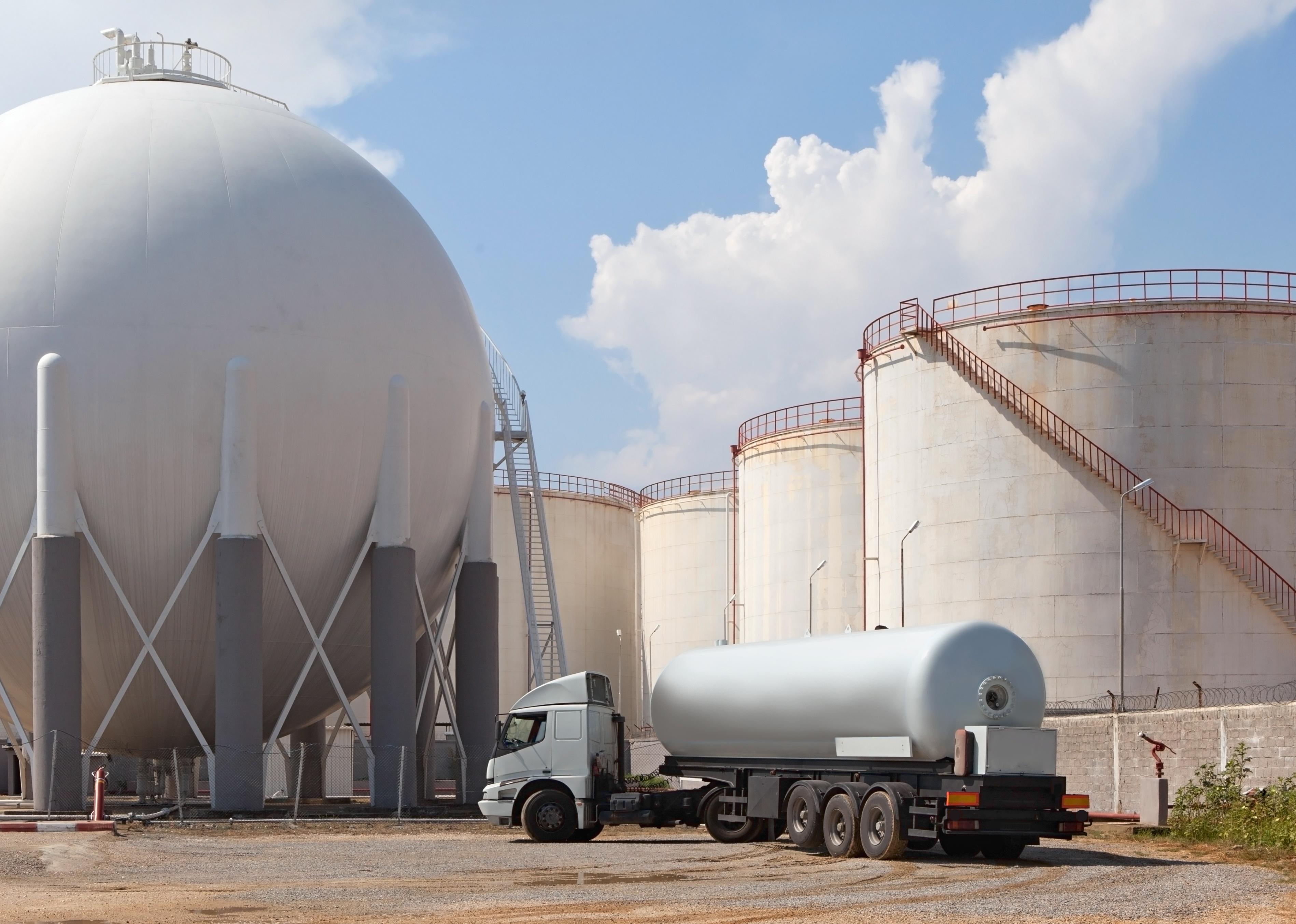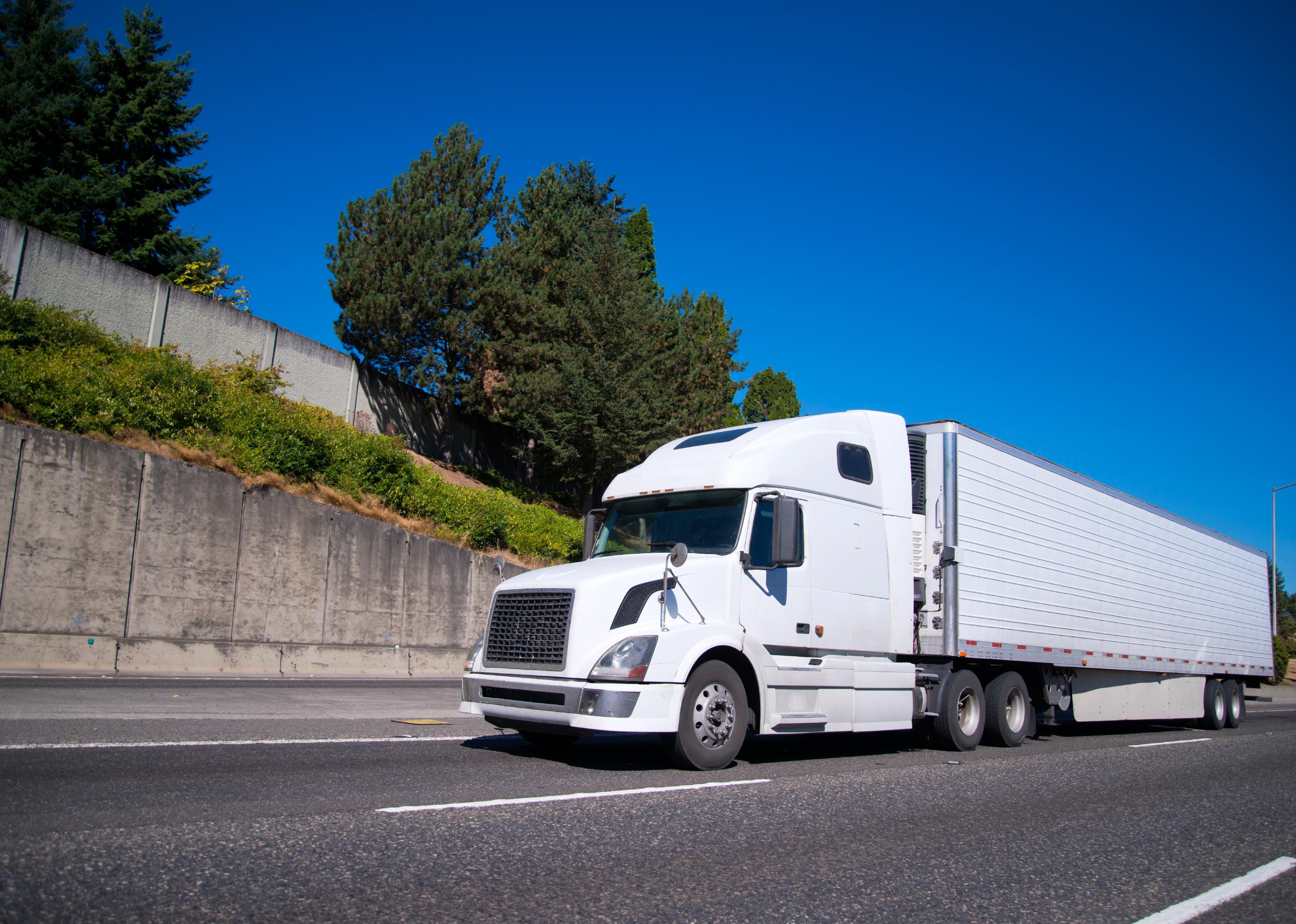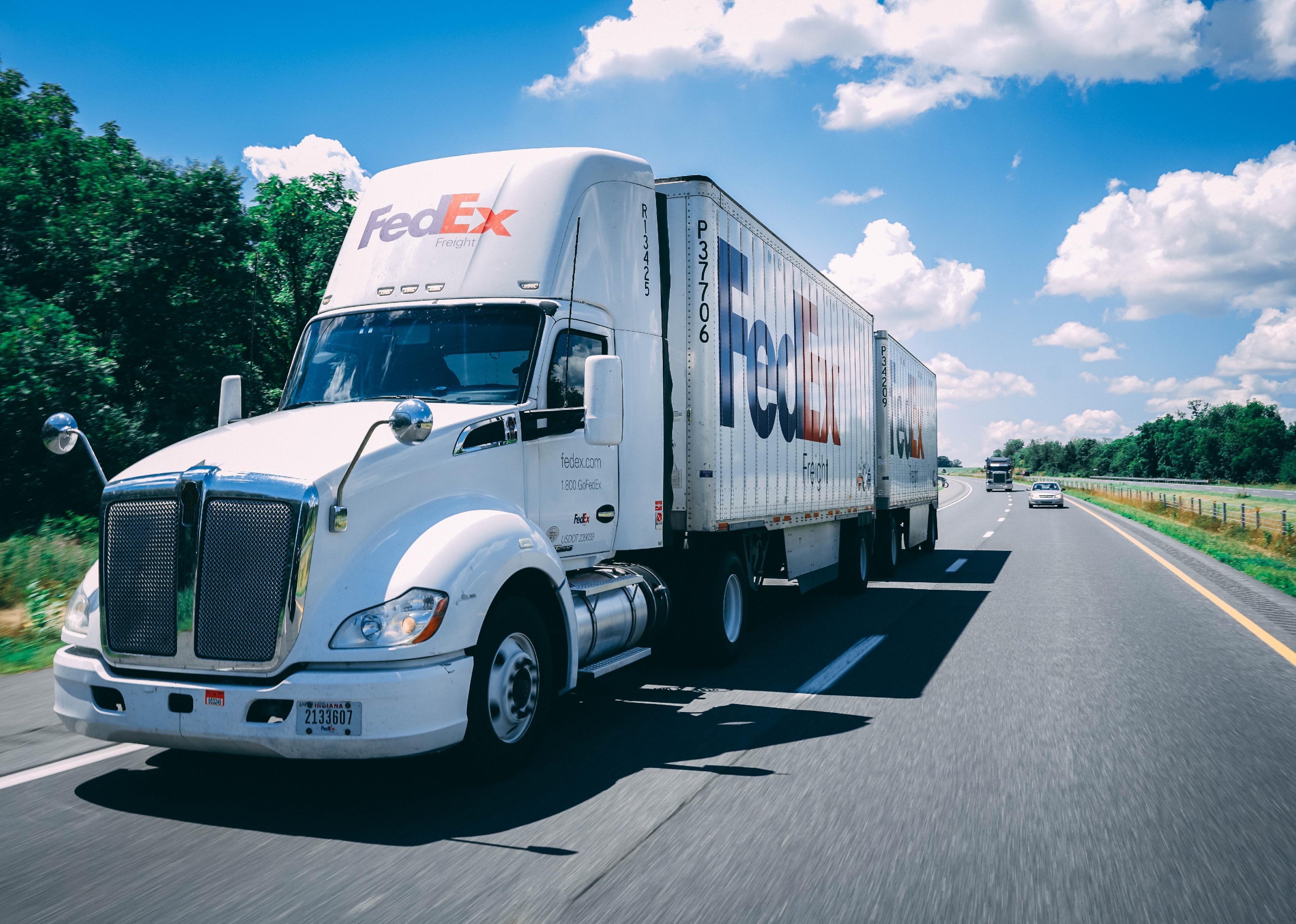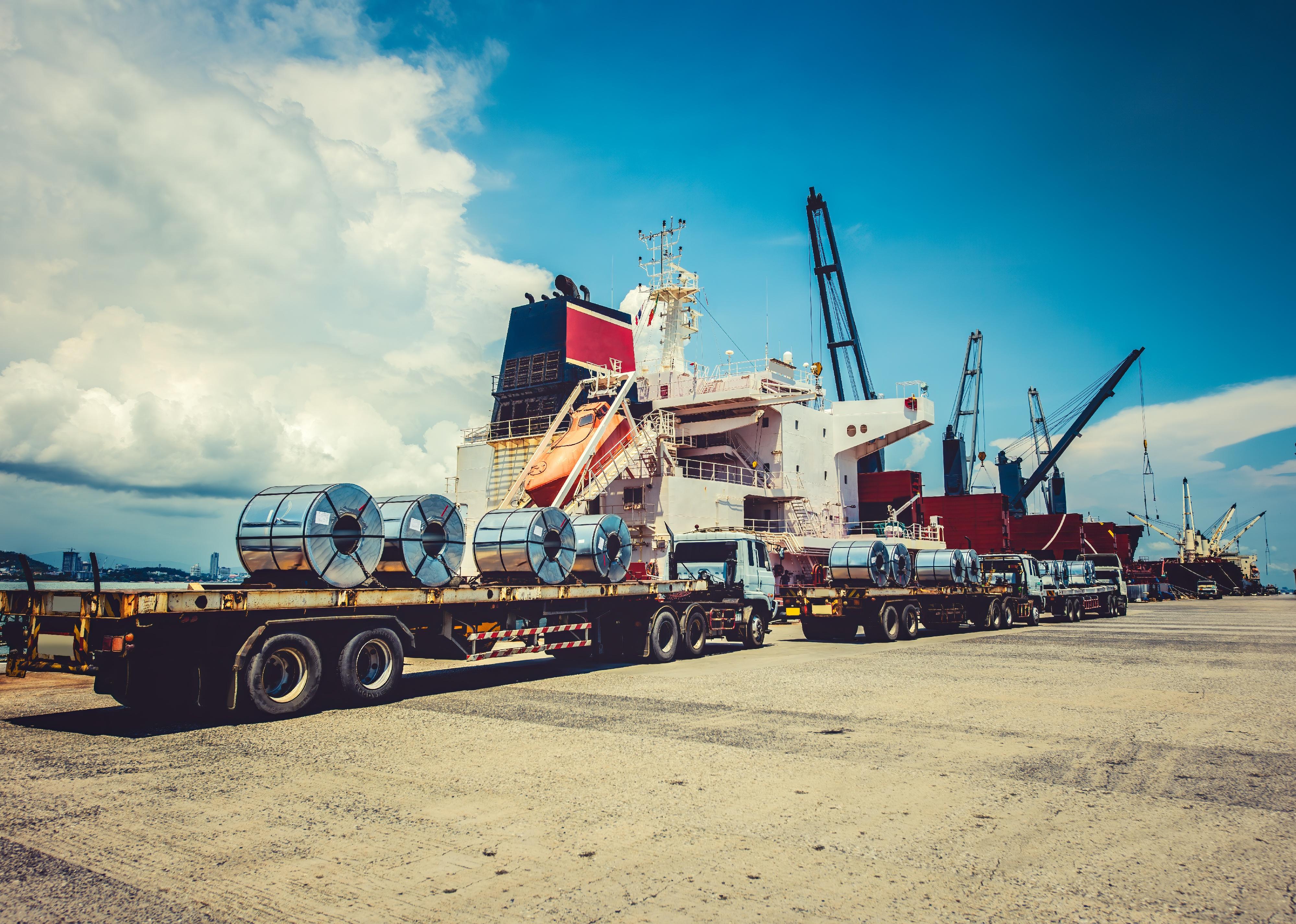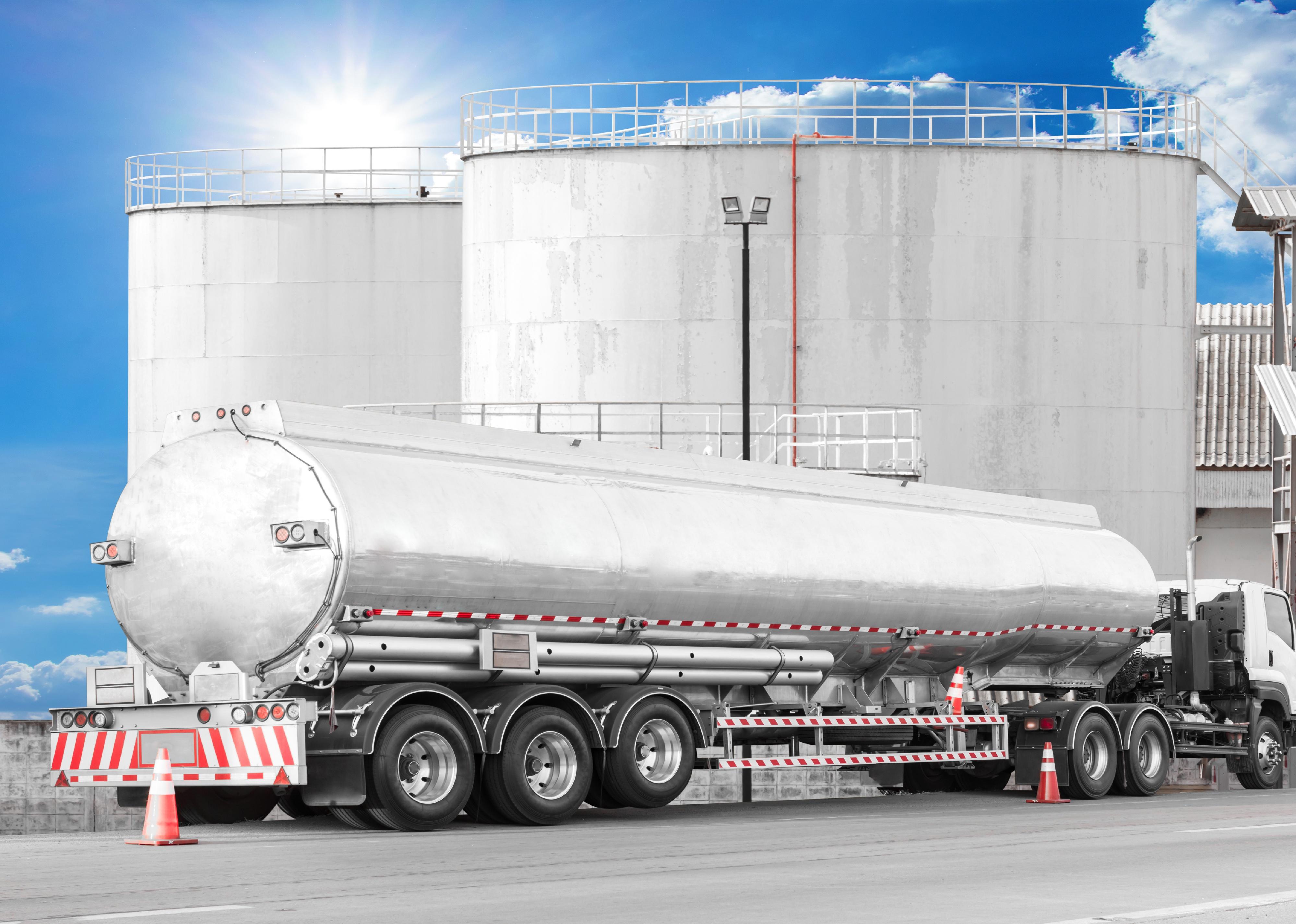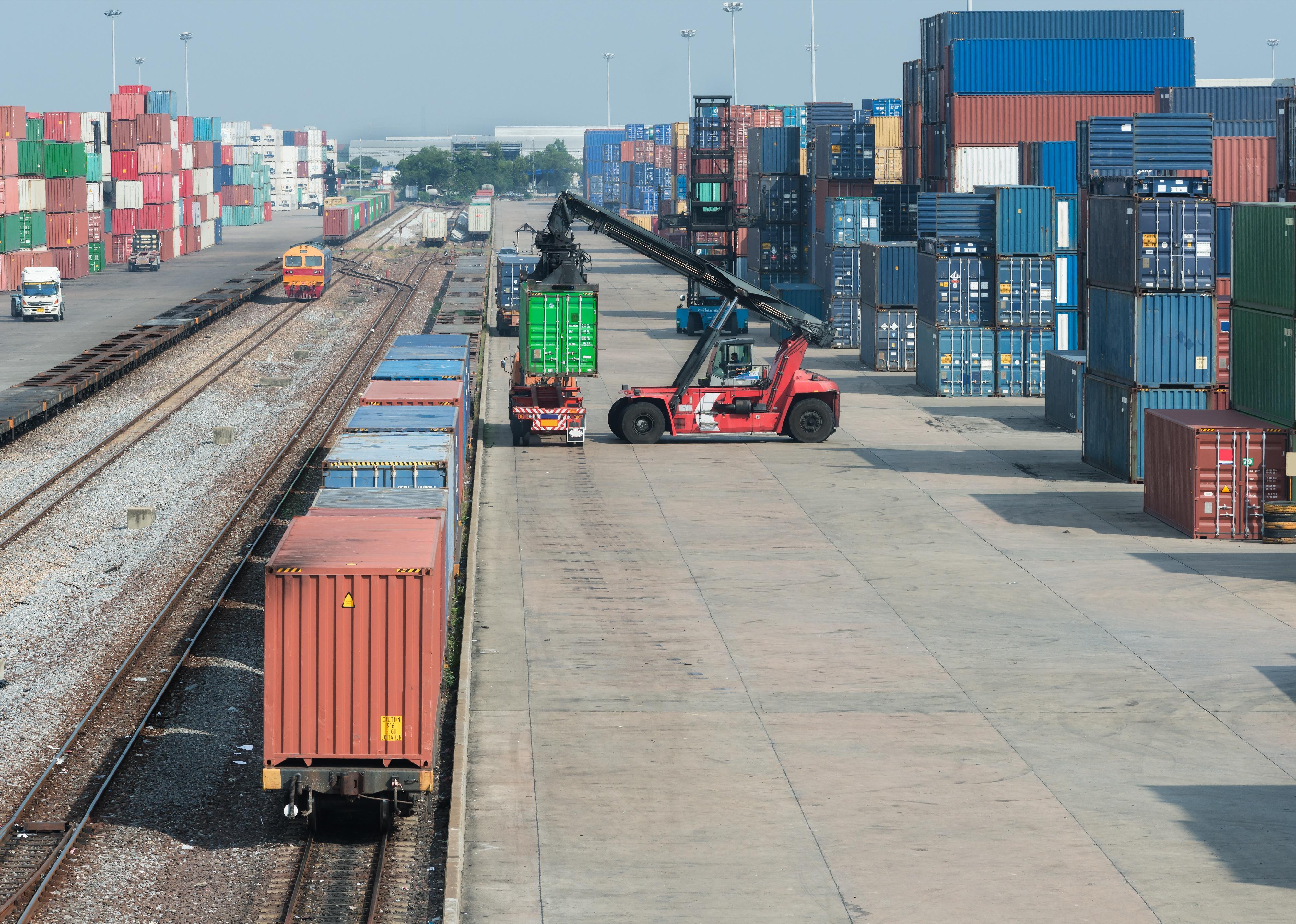10 industries where truck drivers earn the most
DuxX // Shutterstock
10 industries where truck drivers earn the most
Young female professional truck driver sitting and driving truck.
America’s economy would come to a halt without truckers. The supply chains from factories and import locations to distributors and retailers—and our homes—would slam to a stop, leaving businesses and families alike without most of the items we need to live our lives. It’s very likely everything you see around you or touched today spent some part of its life on a truck. But the United States may begin to feel the effects of a trucker shortage more acutely in the coming years.
Nationwide, there are about 1.9 million semitruck drivers, according to data from the Bureau of Labor Statistics. Still, the U.S. reported a shortage of nearly 80,000 truckers in 2022, which is expected to grow as freight demand increases. Roughly 1 million drivers must be recruited over the next 10 years to replace turnover and an aging workforce, according to the American Trucking Associations. If not, the driver shortage could grow to 160,000 by 2031.
Despite an often grueling schedule—1 in 5 truckers report 75-hour workweeks, but many are paid only for miles driven—and the outsized role they play in the country’s economy, truckers’ compensation often does not reflect their value.
The median annual wage for truck drivers in 1980 was more than $100,000 in today’s dollars. That year saw the passage of the federal Motor Carrier Act, deregulating the U.S. trucking industry and eventually leading to lower wages for drivers. In 2021, the median annual wage for truck drivers was $48,310 while only the top 10% of truckers made more than $72,730.
Truckinfo.net used Bureau of Labor Statistics data to find which industries pay drivers of heavy trucks the most. Industries are ranked by median annual wages for truckers. The analysis also provides the total number of truckers employed in the industry and the percentage they comprise of total employment in the industry, though neither number is considered in the ranking. This data reflects employees who operate as heavy and tractor-trailer truck drivers, and doesn’t include self-employed or contract drivers, light truck drivers, or industrial truck and tractor operators. The analysis uses mid-level industry codes, specifically North American Industry Classification System four-digit codes.
![]()
muratart // Shutterstock
#10. Natural gas distribution
Workers load a tanker with liquefied natural gas.
– Median annual wage for heavy and tractor-trailer truck drivers: $61,090
– Employee drivers within industry: 200
— Share of total industry employment: 0.18%
Compressed natural gas drivers transport compressed natural gas between stations and customer locations. Drivers tend to make local trips that take less than a day, rather than the long-haul trips common in other industries. Compressed natural gas is classified as a Division 2.1 hazardous material but does not require drivers of vehicles carrying it to hold a Hazardous Materials Safety Permit certification. This subcategory of drivers earns slightly more on average than the more than 4,600 drivers who work in closely related industries, such as oil and gas extraction, pipeline transportation of crude oil, or gasoline station transportation.
Carolyn Franks // Shutterstock
#9. Communications equipment manufacturing
A line of eighteen-wheelers on an interstate highway.
– Median annual wage for heavy and tractor-trailer truck drivers: $61,100
– Employee drivers within industry: 50
— Share of total industry employment: 0.06%
This industry produces broadcasting and wireless communication equipment. Drivers may be responsible for moving large quantities of small equipment like cell phones or larger cargoes of more specialized tools like satellites. This subcategory does not include the nearly 100 drivers who work in telecommunications.
Vitpho // Shutterstock
#8. Spectator sports
White modern Big-rig semi truck.
– Median annual wage for heavy and tractor-trailer truck drivers: $61,110
– Employee drivers within industry: 260
— Share of total industry employment: 0.22%
As the name suggests, the spectator sports industry primarily consists of sporting events for paying audiences. Truckers in this industry may haul venue supplies or other equipment needed for stadiums, arenas, and other large-capacity venues.
Tynka // Shutterstock
#7. Medical and diagnostic laboratories
Truck delivering gas cylinders for medical purposes.
– Median annual wage for heavy and tractor-trailer truck drivers: $61,360
– Employee drivers within industry: 90
— Share of total industry employment: 0.03%
Trucks in the medical and diagnostic laboratories industry commonly move large equipment like CT scanners and X-ray machines, as well as smaller supplies like blood tests or urinalysis materials. Closely related industries include transportation for general medical and surgical hospitals, medical equipment and supplies manufacturing, and pharmaceutical and medicine manufacturing, which have companies that employ more than 450 drivers.
5m3photos // Shutterstock
#6. Couriers and express delivery services
FedEx truck on the highway.
– Median annual wage for heavy and tractor-trailer truck drivers: $62,160
– Employee drivers within industry: 58,120
— Share of total industry employment: 6.27%
This industry provides courier and express delivery services by air, surface, or shipping container but does not include services provided by the Postal Service. Companies in the industry include FedEx, UPS, and DHL. Truckers in this sector commonly pick up and deliver trailers of parcels between service centers and local delivery sites.
Iam_Anuphone // Shutterstock
#5. Support activities for water transportation
General cargo shipments in a port terminal.
– Median annual wage for heavy and tractor-trailer truck drivers: $62,890
– Employee drivers within industry: 3,890
— Share of total industry employment: 4.33%
This sector primarily covers the operation of ports, harbors, and canals and the maintenance of ships. Truckers working in this industry may be responsible for transporting the supplies necessary for operating dry docks or cleaning and repairing vessels.
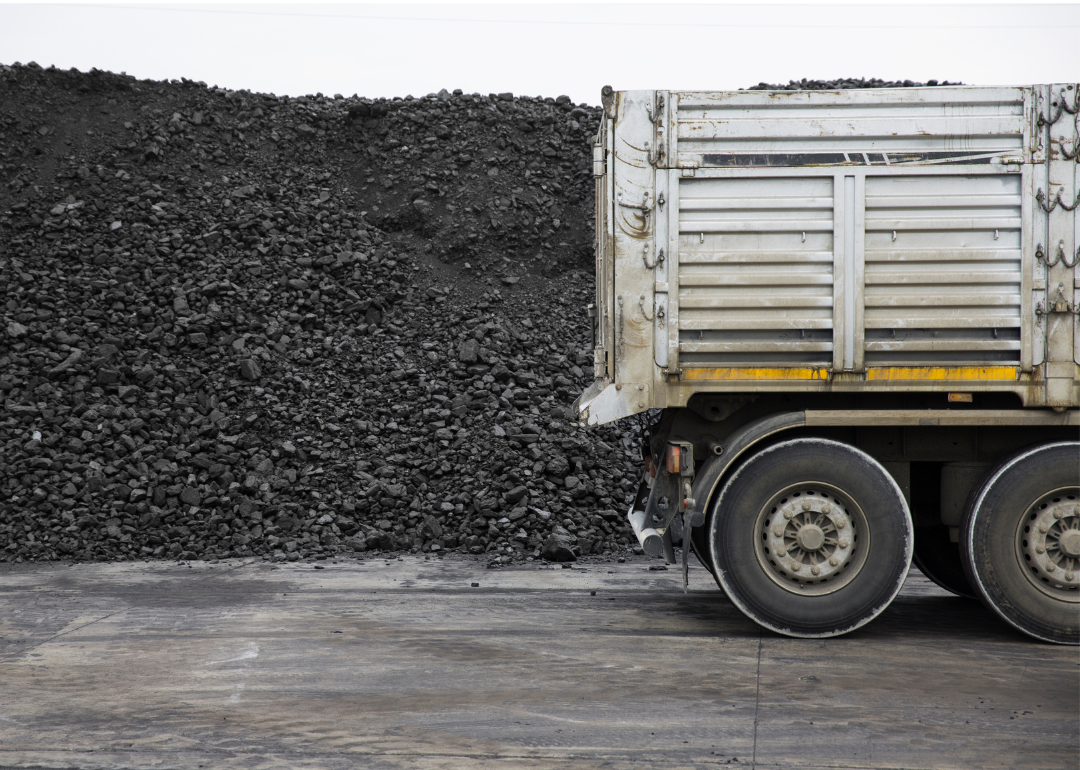
Canva
#4. Coal mining
The rear trailer of a truck sits in front of a big pile of coal at a mining site.
– Median annual wage for heavy and tractor-trailer truck drivers: $62,940
– Employee drivers within industry: 1,150
— Share of total industry employment: 3.14%
Coal-mining truckers transport coal around and away from excavation sites. These drivers face hazards, such as the potential for falling materials—particularly around rock faces and stockpiles of coal and tailings.
Engineer studio // Shutterstock
#3. Electric power generation, transmission, and distribution
Tanker Truck to transport fuel in industrial petroleum plant.
– Median annual wage for heavy and tractor-trailer truck drivers: $63,230
– Employee drivers within industry: 330
— Share of total industry employment: 0.09%
As part of the utility sector, this industry includes facilities that generate electricity by burning fossil fuels. Truckers may be responsible for transporting equipment or raw materials such as coal, petroleum, or gas.
Travelpixs // Shutterstock
#2. Rail transportation
Cargo train platform with freight train container.
– Median annual wage for heavy and tractor-trailer truck drivers: $63,280
– Employee drivers within industry: 1,670
— Share of total industry employment: 0.76%
Drivers in the rail transportation industry haul large shipping containers unloaded from freight trains to be driven to their next destination along the supply chain. These drivers are often part of so-called “intermodal” transportation centers where freight transfers between air, rail, sea, and road transport methods.
Alexander Piragis // Shutterstock
#1. Deep sea, coastal, and Great Lakes water transportation
Crane unloading a container cargo ship.
– Median annual wage for heavy and tractor-trailer truck drivers: $74,030
– Employee drivers within industry: 280
— Share of total industry employment: 0.86%
Truck drivers in the deep sea, coastal, and Great Lakes water transportation industry are also part of an intermodal transportation system. Containers that arrive by water via shipping companies like Maersk are loaded onto trucks or trains to be hauled to their next destination. Drivers in similar water-related categories made less, including those in support activities for water transportation, which came in at #5 on this list for earnings, or inland water transportation.
This story originally appeared on Truckinfo.net and was produced and
distributed in partnership with Stacker Studio.

